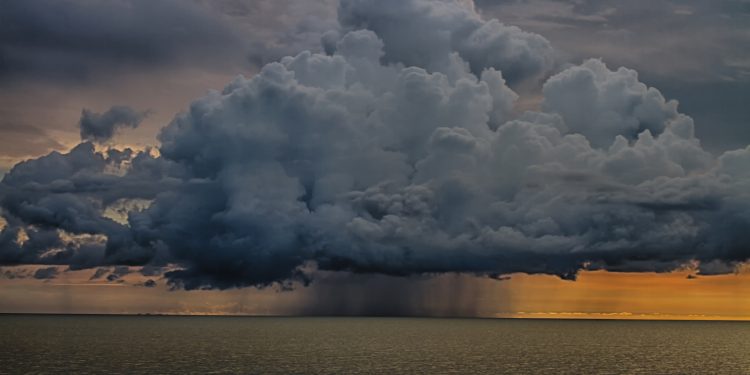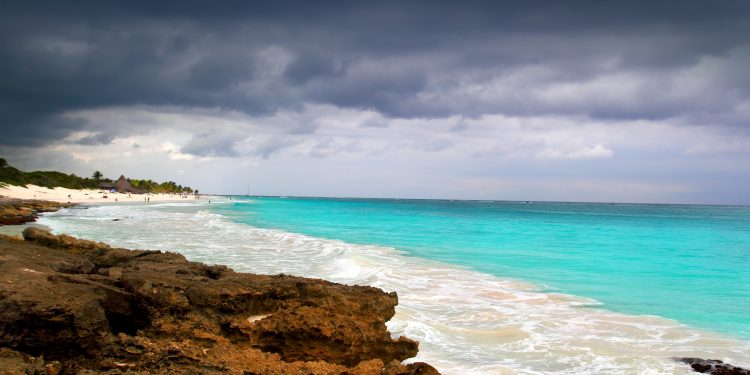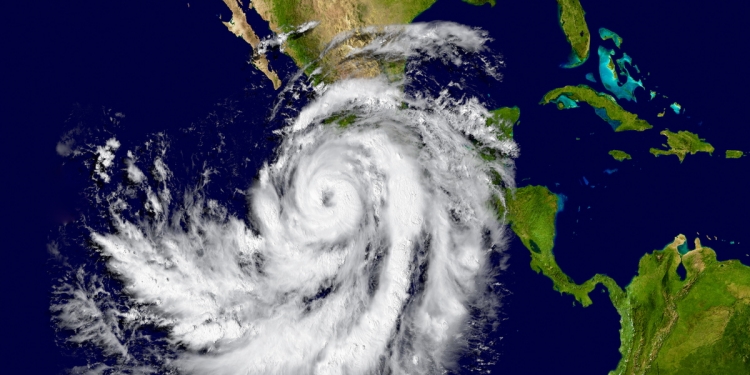As air temperatures rise above 25 degrees centigrade (80F), there’s nothing quite as refreshing as drenching quantities of water falling from the sky within the space of an hour or two during the late afternoon or evening.
Dramatic storms that put on a show
The storms are usually preceded by gusts of wind and begin with a dramatic show of lightning bolts and sounds of thunder that may rattle windows and can sometimes cause temporary power cuts.
When the winds drop, the rains arrive swiftly and suddenly; if you’re caught out in a storm with nowhere to shelter, expect to become drenched through. When the rains pour, the temperature falls and the air freshens, taking the edge off discomfort that high summer heat and humidity can bring.
Cool evenings and fresh mornings
When an afternoon rain storm passes, the evening or night air is left fresh and cooled off. It’s unusual for a heavy rain storm to last more than two or three hours —prolonged rains are usually caused by a tropical depression passing through the region— and most evenings draw in feeling fresh accompanied by lingering sweet fragrances of flora hanging in the air.
Some regions experience a regular schedule of overnight storms during the rain season. These storms tend to brew during the late afternoon hours with heavy overnight downpours yielding to fresh, often bright, new mornings.
On some days, early morning fog or cloud cover may linger and most days this evaporates by late morning or early lunchtime leaving the day feeling fresh and bright.
The rain season by region
Mexico offers visitors and residents a unique opportunity to enjoy different perspectives during the rainy season which runs, —more or less— from June to October each year.
Copper Canyon and the Yucatán peninsula
This is especially so when you’re visiting areas of outstanding natural beauty, for example, the Copper Canyon. the southern state of Chiapas, and the Yucatán region, as this is the time of year when the flora are blooming, and you can expect to enjoy some wonderful colors and scents that you simply won’t experience during the dry season. The storms that arrive during this time of year, and which almost always arrive in the afternoon or overnight, also provide a natural break to the day and cool down the air perfectly.
The mountain highlands
The central and southern highlands depend on the rains each year for growing crops as well as to replenish the underground aquifers that provide essential water supplies to these regions through Mexico’s dry season. Rain storms in these mountainous areas of Mexico tend to be the most dramatic, with lightning shows that cross open skies and thunder that reverberates dramatically through valleys and resounds upon steep mountain cliffs—at times with thunder strong enough to create a spectacular natural outdoor sound show.
Coastal plains
If you’re planning to visit to one of Mexico’s coastal regions during the rainy season, the afternoon storms usually don’t interfere with the process of getting a tan, or enjoying the beach and a swim in the ocean: you simply schedule your day around the afternoon storms and enjoy evenings that feel cool and refreshed after a hot day.
The Baja peninsula
The stretch of land immediately south of California, USA, is Baja California—this is Mexico’s large northern peninsula surrounded by the Sea of Cortés (also called the Gulf of California or Mar Bermejo) on the west, and the Pacific Ocean on the east side. The weather in this region is characterized by hot daytime temperatures with cooler areas along the coasts. Rainy days are rare outside of the brief ‘rainy season’ that typically runs from August through to early October (September is the typically the wettest month), although tropical cyclones between July and October can bring ad-hoc torrential rains to this region.
Tropical cyclones during the rain season in Mexico
Hurricanes are most likely to emerge between July and October: as the hemispherical temperatures build-up, so do these storms which are born over the ocean with some making landfall on Mexico’s coasts. It’s impossible to predict how frequent or how hard hurricanes will hit in any given year, although the coastal areas are always on the front-line of a hurricane landing. Inland, the effect of the storm is mitigated by Mexico’s impressive mountain ranges which break-up storm systems and transmute them into overcast skies and rain, although temperatures usually remain warm.
Mexperience helps you to discover Mexico’s diverse topography and climates as you make your lifestyle and leisure plans:
- The rain season begins in May or June.
- The dry season begins around October or November.
- Browse the latest articles about climate and weather in Mexico
- Discover Mexico’s climate through the seasons
- Learn about how Mexico is a land of three lands
- Check individual location guides here on Mexperience for climate by location.
- You can get full details about the weather by region and season on our guide to climate in Mexico.
Mexico in your inbox
Our free newsletter about Mexico brings you a monthly round-up of recently published stories and opportunities, as well as gems from our archives.









